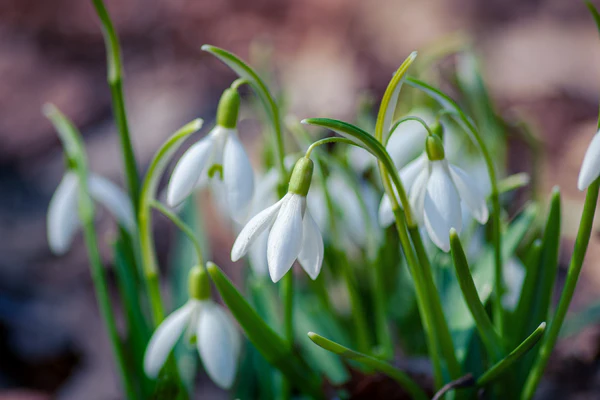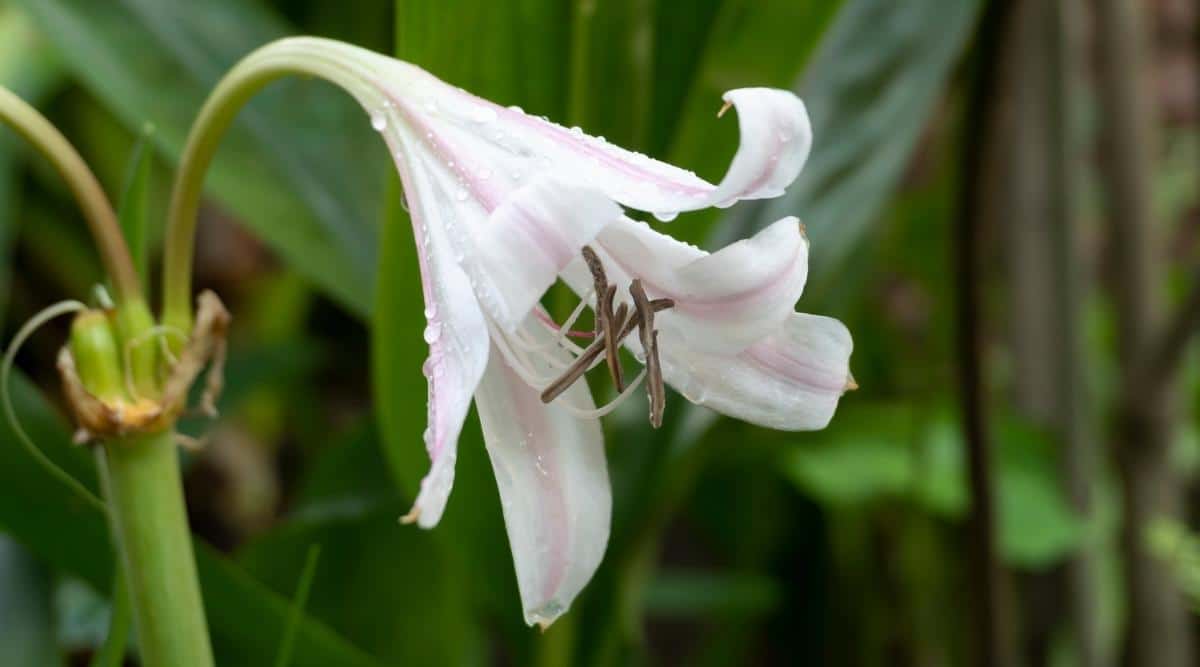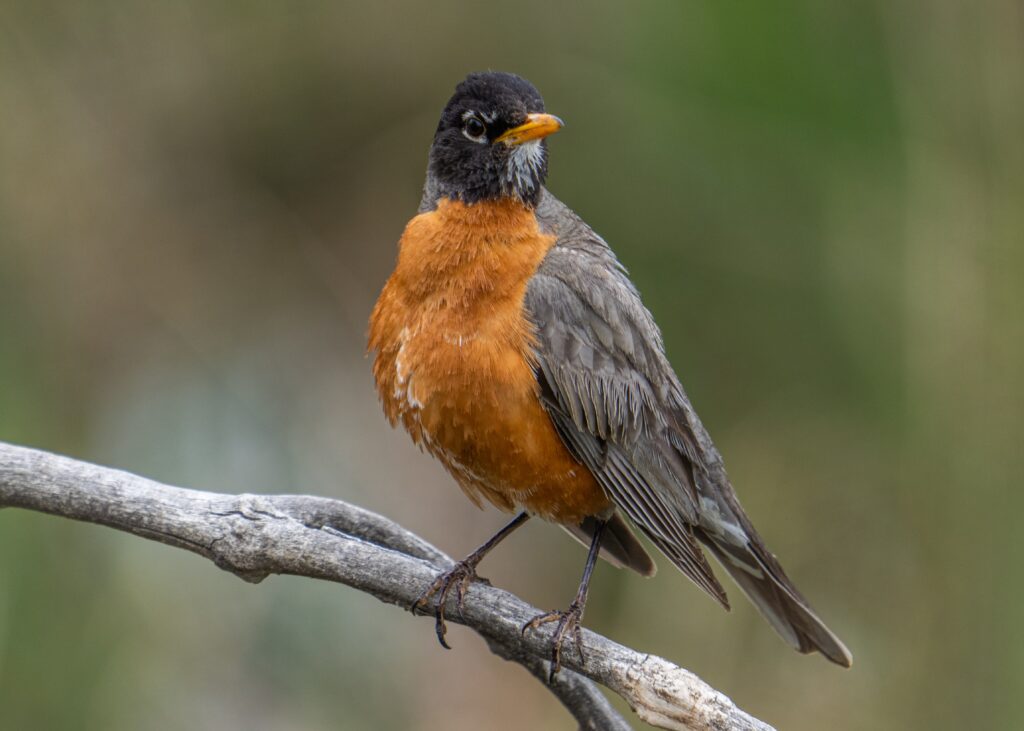japanchildrenrights.org – The Snowdrop (Galanthus nivalis) is one of the first flowers to bloom in the spring, often pushing through the snow to herald the end of winter and the arrival of warmer days. Known for its delicate, nodding white flowers, the Snowdrop is a symbol of renewal, hope, and the resilience of nature. Despite its modest size, this small but striking flower has captured the hearts of gardeners and nature lovers alike for centuries.
Physical Characteristics of the Snowdrop
Snowdrop flowers are small and simple, with delicate, drooping white petals that form a teardrop shape. Each flower typically has three outer petals, which are white with a hint of green at the tip, and three inner petals that are smaller and usually completely white. These flowers grow in clusters, often rising just a few inches above the ground, making them a charming and elegant addition to early spring landscapes.
The plant itself consists of narrow, grass-like leaves that emerge from the base of the flower, often appearing just as the bloom begins to open. The leaves are typically green, but can sometimes have a slightly bluish tint, adding to the plant’s subtle beauty. Snowdrops grow from bulbs, which allow them to survive the harsh winter months and emerge early in the spring, often even before the last frost has passed.
Growing Conditions and Care
Snowdrops are hardy, cold-tolerant plants that thrive in cool climates. They prefer well-drained, slightly alkaline to neutral soil and are typically found in woodland areas, meadows, and gardens with light shade. While Snowdrops can tolerate full sun, they tend to do best in partial shade, particularly under the canopy of deciduous trees where they receive dappled sunlight in the early spring.
These bulbs should be planted in the fall, as they require a period of cold dormancy to bloom the following spring. Snowdrops are relatively low-maintenance once established, but they benefit from regular watering, especially in the dry summer months when the bulbs are dormant. After blooming, it is recommended to let the foliage die back naturally to allow the plant to store energy for the next growing season.
Snowdrops can also be divided and transplanted in the summer to propagate them and create new clusters of these early blooms.
Ecological Role of Snowdrop
Snowdrops are an essential part of early spring ecosystems. As one of the first flowers to bloom, they provide a vital source of nectar and pollen for early-season pollinators, such as bees and butterflies, which emerge after the winter months. Their presence helps support these important insects when other flowers are not yet in bloom, making Snowdrops a key player in the biodiversity of the spring garden.
In addition to their role as pollinator attractants, Snowdrops also serve as a food source for small wildlife, particularly rodents that may consume the bulbs. However, because Snowdrops are toxic to many animals, they are generally left alone by larger herbivores.
Snowdrop Varieties
There are several varieties and cultivars of Snowdrops, each with slight differences in appearance and blooming time. Some popular varieties include:
- Galanthus nivalis ‘Flore Pleno’: This variety features double flowers, with additional petals creating a fuller, more intricate bloom.
- Galanthus elwesii: Known for its larger flowers and early bloom time, this variety is often one of the first Snowdrops to appear in the garden.
- Galanthus nivalis ‘Viridipice’: This variety has a green-tipped inner petal, giving it a slightly different look than the typical all-white Snowdrop.
- Galanthus plicatus: This species is larger and more robust, with a strong fragrance and slightly broader petals.
These varieties offer a range of different aesthetic options for gardeners who want to create a Snowdrop-filled spring garden.
Uses in Landscaping
Snowdrops are perfect for planting in areas where other plants might struggle to grow, especially in shaded or woodland areas. They can be used in:
- Woodland Gardens: Snowdrops are well-suited to woodland gardens where they can naturalize under trees and shrubs, creating a beautiful and serene spring display.
- Borders: They can be planted along the edges of garden paths or flower beds, providing an early burst of color.
- Rock Gardens: Snowdrops are small enough to thrive in rock gardens, where they can be nestled in between rocks or along the edges for a subtle, natural look.
- Container Gardens: Snowdrops can also be grown in containers, allowing gardeners with limited space to enjoy their beauty.
Their early bloom time makes them particularly effective at creating interest in the garden during the often dreary late winter and early spring months.
Conclusion
Snowdrop flowers are a symbol of the resilience and beauty of nature, emerging in early spring to signal the end of winter and the arrival of a new season. Their delicate white blooms, combined with their ability to thrive in a variety of conditions, make them a favorite for gardeners looking to add early-season color and charm to their landscapes. Whether planted in woodland gardens, borders, or containers, Snowdrops are a welcome sight each year, reminding us that even after the harshest of winters, life and beauty always find a way to bloom again.



